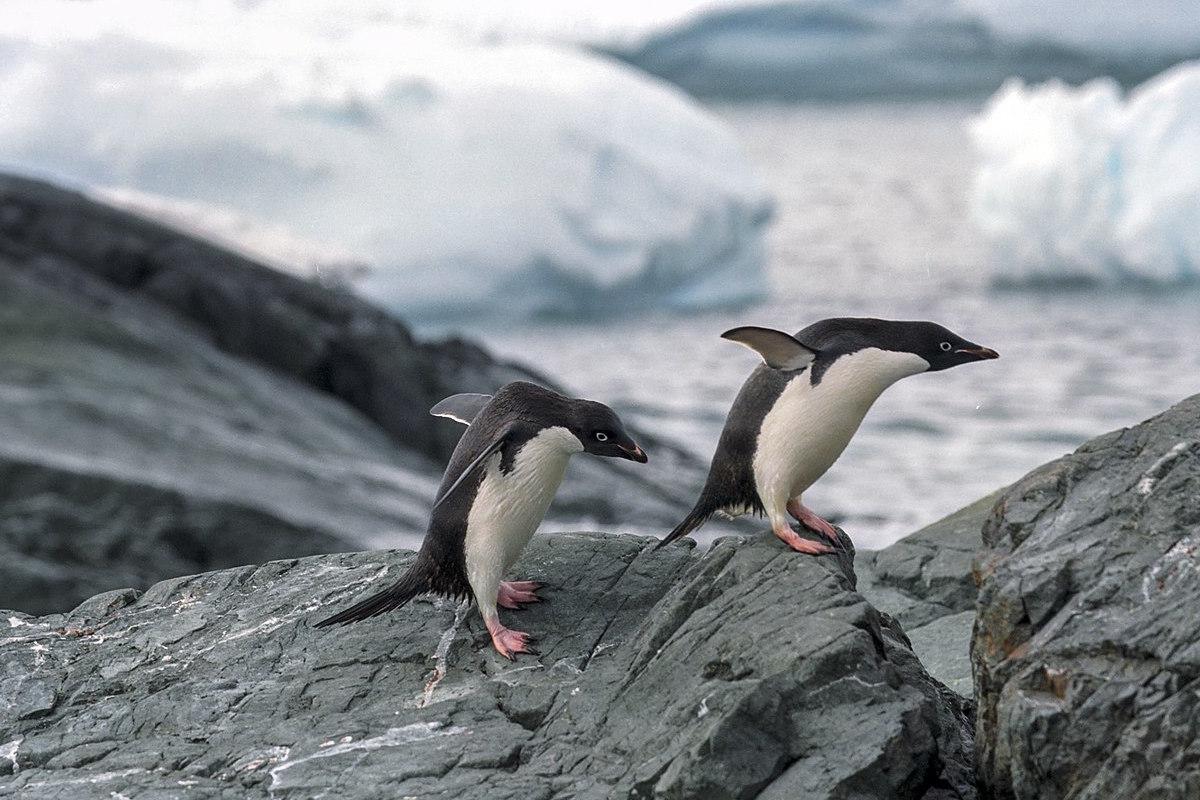D: Ugh, the coffee pot's empty again! And there's nowhere to sit in the break room! How am I supposed to survive at work if everyone else keeps drinking all the coffee and taking all the space?
Y: Sounds like you need to think like a penguin and find your own niche.
D: Wait, like a penguin? And what do you mean by "niche"?
Y: A "niche" is an organism's special "slot" in an ecosystem that allows it to co‑exist with other species. It's defined by the resources it needs to survive and the impact it has on its environment.
D: Okay, but how do penguins come into this?
Y: Researchers in Antarctica found that two similar penguin species, Chinstrap Penguins and Gentoo Penguins, shared breeding grounds and a common food source: krill. All else being equal, one species would be expected to outcompete the other and drive it extinct, but this was clearly not the case. Something allowed these two species to co‑exist.
D: Really? What was it?
Y: Well, to find out, scientists tagged the penguins to track their foraging movements by satellite, and checked out their stomach contents to see what each species ate.
D: Yuck!
Y: Hey, it was for science! They observed that Chinstrap Penguins only ate krill, but foraged both day and night and farther from the shore. Gentoo Penguins fed on both krill and fish, but only foraged during the day and closer to the shore. These small differences in the two species' niches are what allow them to co‑exist. Clearly animals need their niches to avoid going extinct!
D: So I guess you're saying I need to get my own coffee pot?
Y: (LAUGHS) Maybe so.









